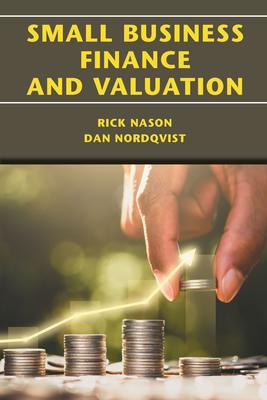Consider this information for all the following questions.
Errata:
The line reading "Pay (1-D/(D+E))%..." should read "Pay (1-D)/(D+E)%..."
Hints:
a) Quantities 1 and 2 must add to D + E (total capitalization, or the market's estimate of enterprise value). Note that as-purchased D is 40% of D + E.
b) This problem is valuing an entity for Equity purchasers (shareholders) only. Therefore your PE firm will pay only as-purchased E. The remaining shares are purchased by the loan taken out by UBA at the time of purchase (as purchased D). These shares are effectively destroyed by UBA after being purchased. So, if UBA is being sold for $1 per share, there will only be 240 shares outstanding after the purchase.



Your PE firm is considering buying UBA at the asking price of: $400MM This corresponds to a PE ratio of: 5.86 Your firm believes that an optimal capital structure for the firm would be: 40%D/(D+E) If your firm buys UBA, it will: - Pay (1D/(D+E))% of the purchase price with your firm's funds. - Have the firm take out a loan at the moment of close, to pay the current owners the rest of the purchase price. - Operate UBA in its recapitalized steady-state for four years. - Sell UBA at the end of this time, when you believe the entity's PE ratio will have recovered to a more normal value of: 7.9121 \begin{tabular}{|c|c|c|} \hline Financing Structure & Existing & As purchased \\ \cline { 2 - 3 } D +E=CAPtot & $400 & $400.0 \\ \hline D/(D+E)=wD & 0.0% & 40.0% \\ D & $0.0 & 1 \\ \hline E & $400.0 & 2 \\ \cline { 2 - 3 } & & \end{tabular} \begin{tabular}{|l|r|r|} \hline \begin{tabular}{c} Key Rates \\ \hline \end{tabular} & Existing & As purchased \\ \cline { 2 - 3 } rD (Pre-tax) & 6.0000% & 7.0000% \\ \hline rE & 6.5000% & 8.8833% \\ \hline Income Tax rate & & 35.00% \\ \hline \end{tabular} Free Cash Flows FECFE= Free Cash Flows to Shareholders Valuation at T=0 NPVE=PP,E+FCFE,i/(1+rE)Ti+SP,E/(1+rE)T4 Valuation at T=0 NPVE=PP,E+FCFE,i/(1+rE)Ti+SP,E/(1+rE)T4SP,E=NPVE=67 What is the absolute value of quantity 4 ? Question 6 What is quanity 5 ? Your PE firm is considering buying UBA at the asking price of: $400MM This corresponds to a PE ratio of: 5.86 Your firm believes that an optimal capital structure for the firm would be: 40%D/(D+E) If your firm buys UBA, it will: - Pay (1D/(D+E))% of the purchase price with your firm's funds. - Have the firm take out a loan at the moment of close, to pay the current owners the rest of the purchase price. - Operate UBA in its recapitalized steady-state for four years. - Sell UBA at the end of this time, when you believe the entity's PE ratio will have recovered to a more normal value of: 7.9121 \begin{tabular}{|c|c|c|} \hline Financing Structure & Existing & As purchased \\ \cline { 2 - 3 } D +E=CAPtot & $400 & $400.0 \\ \hline D/(D+E)=wD & 0.0% & 40.0% \\ D & $0.0 & 1 \\ \hline E & $400.0 & 2 \\ \cline { 2 - 3 } & & \end{tabular} \begin{tabular}{|l|r|r|} \hline \begin{tabular}{c} Key Rates \\ \hline \end{tabular} & Existing & As purchased \\ \cline { 2 - 3 } rD (Pre-tax) & 6.0000% & 7.0000% \\ \hline rE & 6.5000% & 8.8833% \\ \hline Income Tax rate & & 35.00% \\ \hline \end{tabular} Free Cash Flows FECFE= Free Cash Flows to Shareholders Valuation at T=0 NPVE=PP,E+FCFE,i/(1+rE)Ti+SP,E/(1+rE)T4 Valuation at T=0 NPVE=PP,E+FCFE,i/(1+rE)Ti+SP,E/(1+rE)T4SP,E=NPVE=67 What is the absolute value of quantity 4 ? Question 6 What is quanity 5









